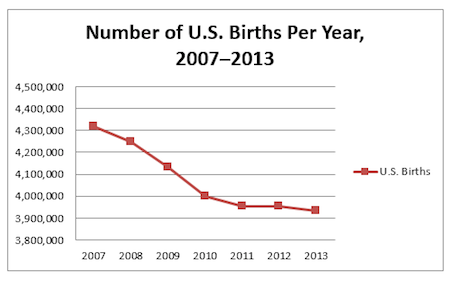As I wrote recently, the most intriguing edu-innovations are those tools that are cost-effective and able to be replicated at scale. They’re not dependent on recruiting or training thousands of superhero teachers and don’t claim to fix schools or classrooms. Instead, they’re tools that might be able to help teachers do one important piece of their job a little bit (or a lot) better. Once upon a time, the list pretty much stopped at Wireless Generation and SchoolNet. Nowadays, the field is rife with intriguing ventures–including outfits like LearnZillion, MasteryConnect, and BetterLesson.
One challenge that teachers wrestle with is how to improve student behavior and motivation. Encouraging, monitoring, and nurturing valued behaviors is a huge part of what teachers do. Are there ways to make it a little easier for teachers to do these things well?
One new venture has built a tool to help with this challenge. Currently boasting more than four million teacher and student users, Sam Chaudhary’s ClassDojo enables teachers to easily monitor and track student behaviors in real time.
Teachers can award points for students who demonstrate positive actions like participating in class discussion and document negative behaviors like calling out in class. Using this data, ClassDojo allows teachers to create personalized behavior report cards for students to share with parents and guardians. The firm’s currently in use in 30+ countries, though Chaudhary estimates that about 65% of users are in the U.S. Anyway, ClassDojo recently launched its first smartphone app, and I thought it would be a good time to chat with Chaudhary about the whole enterprise.
When asked about the value of ClassDojo, Chaudhary explained, “Teachers customize the reporting around the categories that make sense for their school or classroom–these can include persistence, participation, curiosity, and so forth. It’s not ever intended to be a data logging tool; instead, it’s intended to be a tool for providing real time feedback to students.” The idea, says Chaudhary, “is to turn classroom culture away from a negative question of discipline and obedience and to make it into something much more positive and about real time reinforcement.”
Chaudhary suggests there’s preliminary evidence that the tool can change student behavior. He reports that a survey of current users has noticed an increase in instances of positive behavior. (Attention researchers: I think a lot of folks would value a systematic evaluation on this count–and Chaudhary sounds real open to it.)
So, why is the new mobile app interesting? Chaudhary explains, “The most common way to use [ClassDojo] is on a mobile device. But we only had a mobile web page. It was slow, clunky; it didn’t scroll well. In a class, every second matters. If you have to slow the lesson, it’s difficult to get back into it. The new app makes it possible for a smooth and streamlined experience.”
Now, he says, “Teachers can use [ClassDojo] while walking around the classroom, using the app on their smartphone, iPhone, or iPad.” It syncs up using a web interface, with automatic audio and visual pop-up, so that the device will automatically link up with a display screen. Chaudhary says, “So the teacher is no longer tethered to the front of class. You can award feedback points even if you’re in the cafeteria or around the rest of the school.”
He says that they’ve also tried to include new features that teachers have asked for. One request, for instance, has been for help in ensuring that teachers are fairly calling on all students. Now, when teachers shake their phone, it will randomly generate a student name. Chaudhary says, “This is a way to help teachers improve classroom practice, and not be biased in who they call on.” Other tweaks allow teachers to award multiple points, or points to a table of students at once.
The tool is free for teachers. The business model is premised on the expectation that families will be eager to subscribe for additional services and supports Chaudhary says, “Behavior is one of the things that parents really care about. They don’t think it’s just the school’s job, or the teacher’s job. When teachers send reports home to parents, parents want to know, ‘How can I improve these things?’ It’s a parenting thing rather than a teaching thing. So we’ll provide parenting reports; recommendations on how to build these behaviors, like curiosity and risk-taking, and so on.” All of that is still at the drawing board stage, however. Right now, family accounts are free.
Anyway, if you’re interested, check it out. Would be curious to hear thoughts and reactions.
– Rick Hess
This blog entry first appeared on Rick Hess Straight Up.



